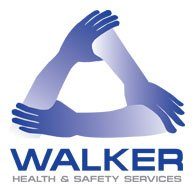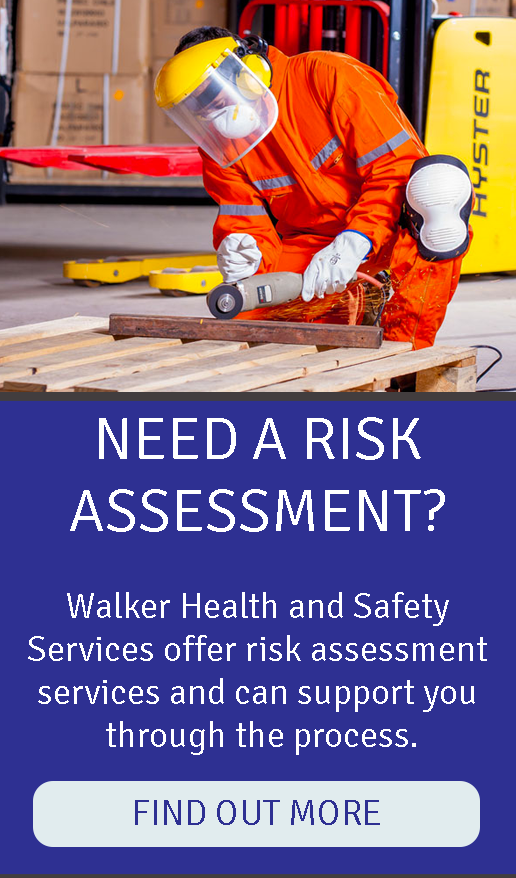
Beating the blues in the season of good cheer
Staying motivated in winter can be hard for businesses and employees; we suffer the winter blues for a range of reasons. Burnout is a specific problem requiring medical help. But diet, being active, socialising — plus small interventions by ordinary companies — can help too.
Whatever the weather, deep mid-winter can be a time of low spirits as well as joy at work, at home and out and about. Some negative feelings have clinical roots. For other work colleagues, it is a matter of hanging on until light nights and longer days reset their biological clocks.
However, there are also steps recommended by health professionals, plus simple things that individuals and companies can do, to help us work more happily and safely in the dark times.
While the days get longer
The journey through December, Christmas and the early New Year can be a rollercoaster ride for many people that now leads up to the informal day of Blue Monday on the basis that the third Monday in January could be seen as the least inspiring day of the year once winter festivities are finally over.
True or false, the date may be a good time to be looking out for tell-tale signs that some co-workers may be suffering from seasonal strains and stresses for reasons beyond their immediate control more than others and need extra support.
The turn of the year for most workers is probably not a time they want to spend thinking about work. However, for many, workplaces can be an essential source of support, reassurance and friendship.
For the second year running, winter, 2021/2022 is overshadowed by Covid-19 restrictions, concerns about a mixed economic recovery, plus climate change anxieties that have gathered around the COP26 climate summit and its long-term fallout.
A spectrum of conditions
Many people suffer physical and mental winter health impacts for a number of reasons, from straightforward worries, to burnout which the World Health Organisation (WHO) now classifies as a bona fide medical condition, plus SAD (seasonal affective disorder) which is said to affect up to 1 in 10 people.
Identifying and avoiding burnout
Burnout, it is now generally agreed, is an occupational phenomenon rather than a medical condition caused by excessive or prolonged work-related stress which is seen in combinations of physical, emotional and mental exhaustion. This means that employers have a duty of care.
The SAD truth
Exposure to daylight is a key factor. According to the NHS, the winter blues — or seasonal affective disorder (SAD) — may affect around two million people in the UK and more than 12 million across northern Europe
The NHS lists key symptoms as: depression; sleep problems; lethargy; overeating; irritability; plus feeling down and unsociable.
The Seasonal Affective Disorder Association says SAD affects people differently, but, adds that there is usually something that will help; it suggests it is important “…not to give up if the first remedy doesn’t work. Just keep trying.”
The NHS offers basic advice steps. The first is to keep active. Research shows a daily one-hour walk during the day could be as helpful as exposure to light for coping with the winter blues.
Its second tip is to go outdoors into natural daylight as much as possible, especially at midday and on bright days; indoors, pale colours can be used to reflect outside light into rooms, but sitting near windows is advised whenever possible.
Keeping warm is also important. With bad symptoms, it is important to see a GP. However, cold adds to depression; staying warm can halve the winter blues. Hot drinks and food help, as do warm clothes and shoes. Ideally, rooms should be kept at between 18°C and 21°C (64° F and 70°F).
Unsurprisingly, healthy eating can be a mood booster that gives the body and mind more energy without putting on winter weight. A craving for carbohydrates — pasta and potatoes — must be balanced with plenty of fresh fruit and vegetables
Light therapy — sitting in front of a light box for up to two hours each day helps some people. Light boxes are around 10 times stronger than ordinary home and office lighting, and, according to the NHS, cost around £100. Dawn simulators can be used to mimic sunrise and waking up gradually.
A good night’s sleep and regular sleep patterns help too. The advice is to go to bed and wake up at the same time every day, while trying to relax during the day with moderate exercise, yoga or meditation.
Active minds ward off SAD; taking up new hobbies offers something to anticipate and concentrate on. Socialising with friends and family — accepting invitations to social events — is shown to be positive for mental health and keeping the winter blues at bay.
Talking treatments, such as counselling, psychotherapy or cognitive behavioural therapy (CBT) are a further option.
Another is joining a support group to share SAD experiences with people who empathise.
If symptoms become so bad that normal life is not possible, seeking medical help is vital.
Practical workplace advice
Many large companies also have advice to share with smaller companies, particularly around productivity issues that can be hit hard by even a few employees who, beyond their immediate control, suffer from SAD in short winter days with limited hours of sunlight.
The advice here is to remove morning stress by going out of doors early. This can be a positive environment for setting the right tone for successful days, and reviewing — or perhaps, where possible, removing — challenging tasks.
Another suggestion is to follow simple routines, such as organising tomorrow’s clothes today, or preparing lunch in advance. Forward-planning can help in putting the best foot forward.
Another tip is to decorate offices and workplaces with low-maintenance plants that distract from gloomy outdoor weather. Setting goals in the New Year and beyond can also help to lift horizons.
Being a social butterfly and moving from comfort zones can break the mould too, even when it is freezing outside.
Every little helps
Although largely considered to be a myth and commercial distraction from the real effects of mental illness, “Blue Monday” is said to be more-or-less the day in the year when morale and good feeling are probably at their lowest. However, firms can help their staff and their own productivity in a number of simple ways.
They include inserting a “wellbeing break” into the daily work programme and encouraging teams to invest their personal “me” time in fitness workouts, activities with children, or meditation.
Opening up is important too. According to Bupa’s Workplace Wellbeing Census, 71% of people say having an approachable manager in the past made them feel comfortable enough to raise their own specific wellbeing issues.
Staff also have different homeworking situations that may include caring for children or a vulnerable person. Speaking to employees individually about their responsibilities, needs and flexible workloads can help.
Working from home can be lonely; 50% of employees say colleagues have a positive impact on their wellbeing at work which makes staying connected important. This can be achieved by checking in with each other on daily work plans and non-work news … or team events such as virtual coffee.
Creating fun events, recognising good work, keeping happiness levels up through the year, and maintain good leadership and management habits can make a big difference too.
Takeaway
Winter with its festivities is generally a time of joy and fun. However, for many employees it is also a season of anguish, tiredness and poor motivation that can seriously lower the quality of their lives, as well as the productivity of places where they work.
Though the symptoms in some cases are very similar and not easy to diagnose without a trained medical opinion, burnout, SAD (Seasonal Affective Disorder), and generally low spirits, can be distinct mental, physical and emotional states where the best remedies differ.
What will you be trying over the Christmas period?
Contact us if you require further information.












